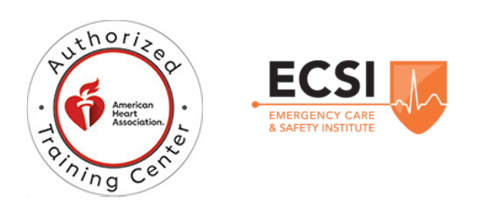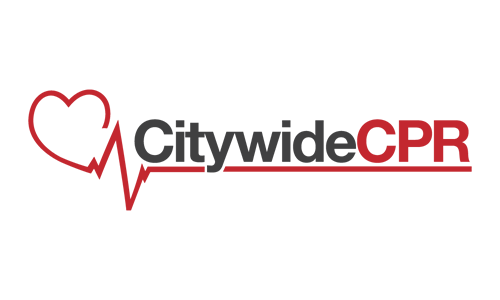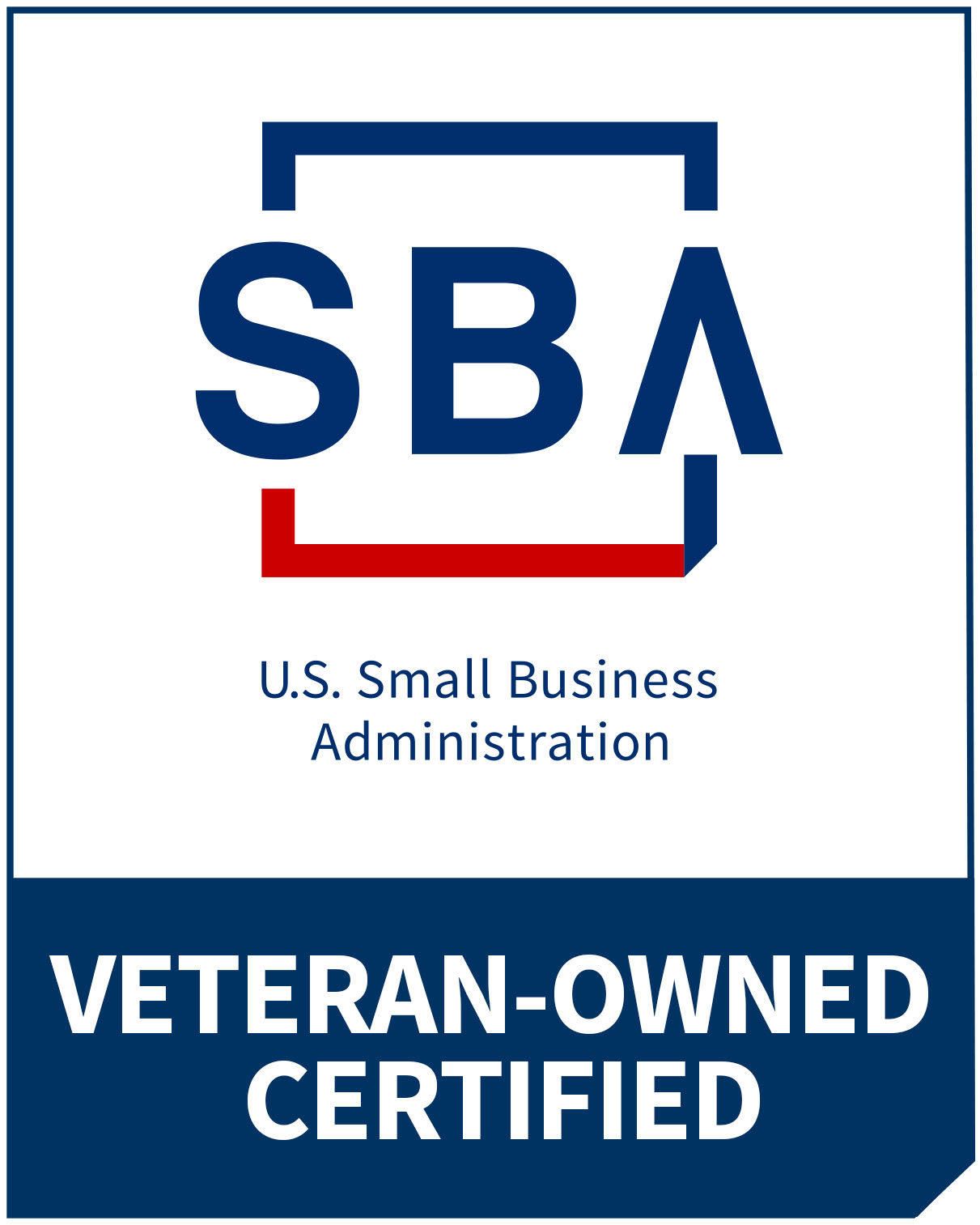It’s quite funny that electric shock – an unwanted action that many people fear of – has become an essential method of various medical treatments nowadays. Remember that when a person gets electric shocked, he is likely to get surprised that his instinct is to immediately let go of the particular electrically energized conductive material. In serious cases, getting electrically shocked could cause burns to the contacted skin surface or much worse, could lead to death through instances like ventricular fibrillation and neurological effects. On the other hand, it now turns out that anyone could be in need of certain amount of electric shock in order to sustain life or get away from a certain medical condition.
Here are some of the common medical uses of electric shock today:
- Electrosurgical Unit (ESU) – this is an electronic surgical tool that makes use of high currents that are amplitude-modulated at high frequency in order to cut or coagulate (or both) to achieve the desired result of the surgery.
- Transcutaneous Electrical Nerve Stimulator (TENS) – this is simply a method of applying electric shock as pain reliever for a variety of medical conditions.
- Electroconvulsive Therapy (ECT) – this is a psychiatric therapy basically intended to induce an annexation of therapeutic effect for treatment of mental illness. With the use of anesthesia, the patient could not sense the electric shock applied for 8 to 12 treatments at a typical frequency of 3 times a week.
- Iontophoresis – this is an electronic medical device that is primarily used for treatment of the condition called Hyperhidrosis.
- Automated External Defibrillator (AED) – this medical equipment is essentially intended to automatically deliver the most appropriate magnitude of electric shock to the patient’s heart at a determined proper timing. The electric shock is used to defibrillate the malfunctioning heart of the patient due to a disturbance in its electrical rhythm.
Among the said medical devices that emit electric shock, AEDs are perhaps the most commonly used today. This is mainly based on the fact that the American Heart Association (AHA) is now encouraging various groups and communities to acquire and prepare a public AED that anyone could immediately use in case of emergency. Also, there has been a significant increase in death and severe cases of various heart diseases that could have been prevented if someone was able to make use of an AED as a lifesaving device.
Just like the ESU, TENS, ECT, and other electronic medical devices; AEDs must be used and handled responsibly in order to prevent unwanted results such as accidental burns, inappropriate electric shocks, or any other erroneous results. Make sure you read and understand the device’s user manual before operating it. If you want to know more about proper use of AED and how to set up an effective AED program management and AED medical oversight, simply check out citywidecpr.com. Citywide CPR is a reputable training center for a myriad of emergency medical services including the application of CPR and AED for people who get caught by life-threatening heart diseases. Go for Citywide’s AED program management and AED medical oversight training courses now!





